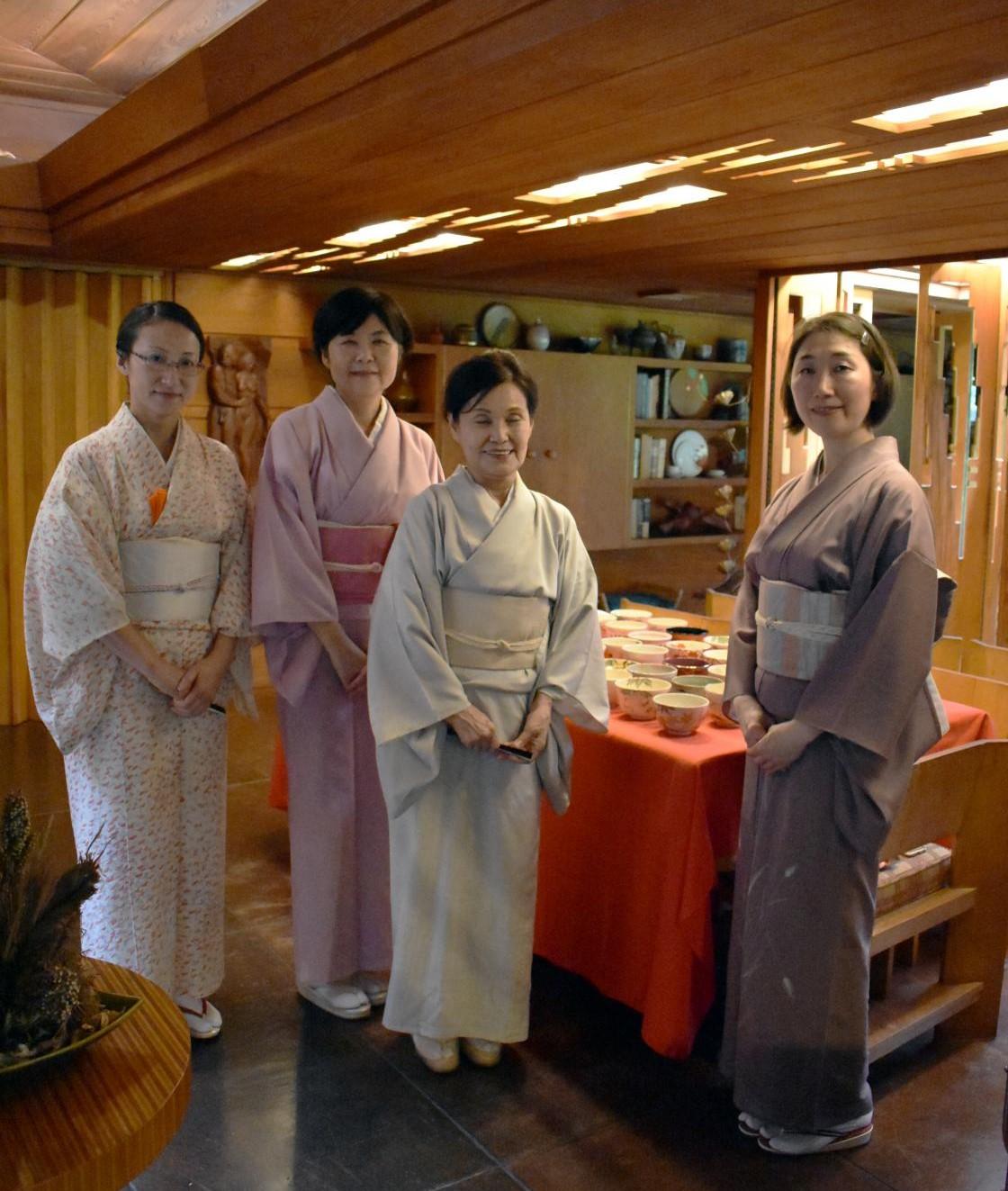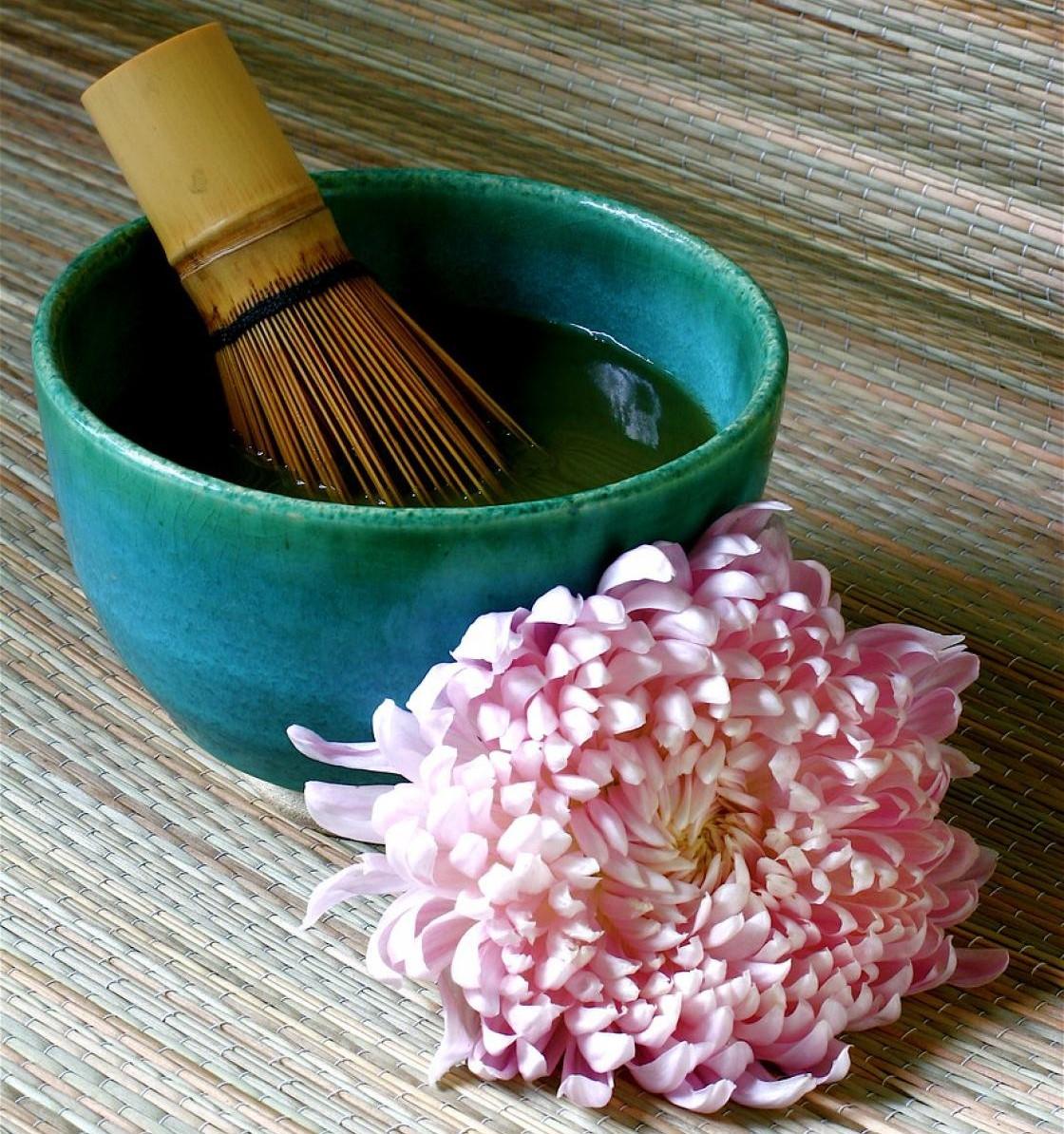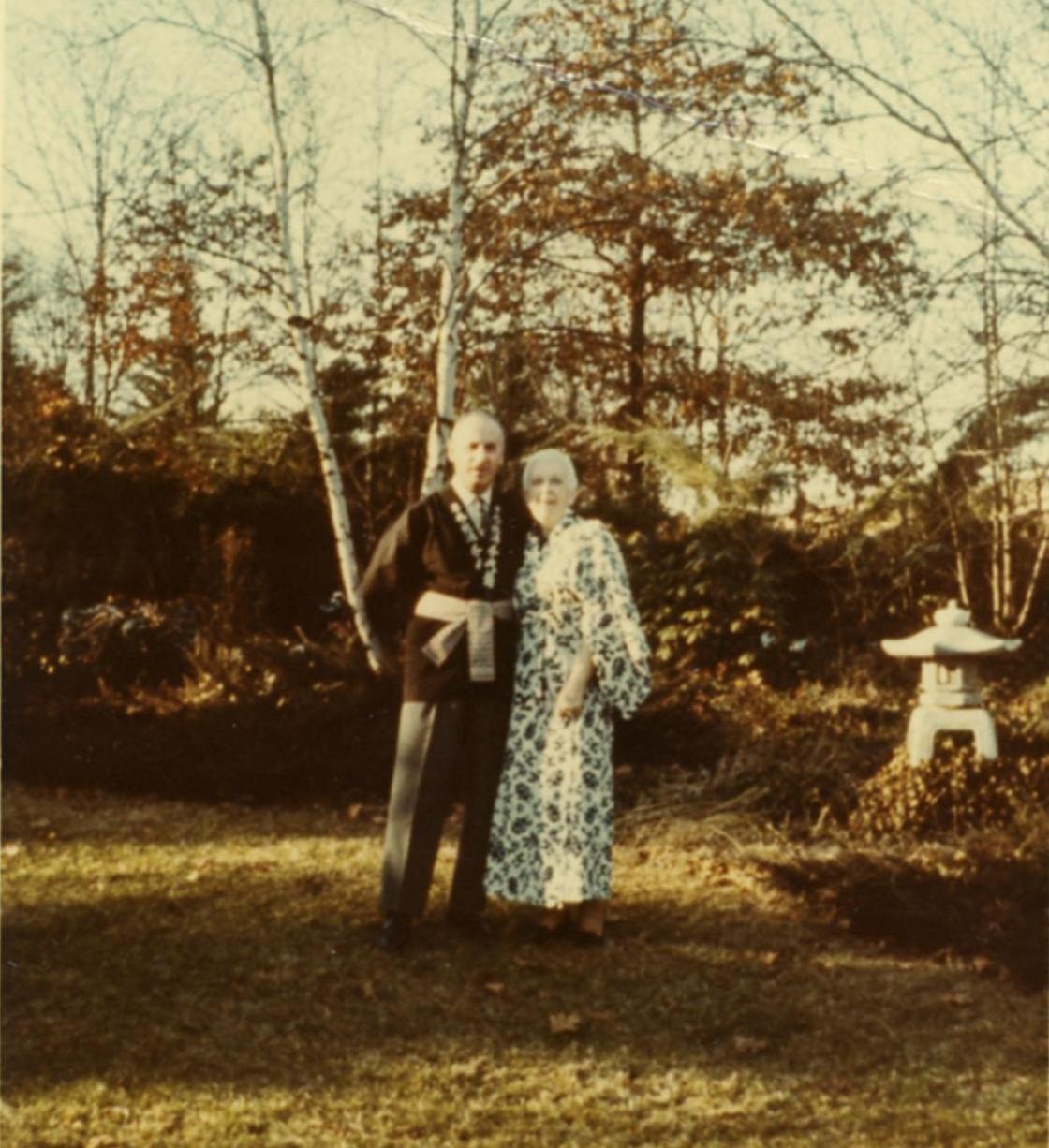茶の湯 / CHANOYU: THE JAPANESE WAY OF TEA CELEBRATED IN THE FRANK LLOYD WRIGHT SMITH HOUSE
Saturday, November 8, 2025
Cranbrook Institute of Science
39221 Woodward Avenue, Bloomfield Hills, MI 48304
$75/person for each Tea Ceremony (Adults, Seniors, and Students)
Each Tea Ceremony Is Limited to 20 Guests
Advanced Registration Required
10:00am, 11:45am, 2:00pm, and 3:45pm EDT (Eastern Daylight Time)
Join Cranbrook Center for Collections and Research as we explore Japanese tea culture, celebrating the revitalization of the Cranbrook Japanese Garden and the long connections among Frank Lloyd Wright, the Smith family, and Japan.

Participating Experts:
• Tomoyo Koehler, Omote Senke Tea Master, Tokyo, Japan
• Anita Savio, Formerly with the Consulate General of Japan in Detroit
• Toshiko Steffes, Master of Wagashi, Cleveland, Ohio
• Kevin Adkisson, Curator, Cranbrook Center for Collections and Research
Hosted by:
• Gregory Wittkopp, Director, Cranbrook Center for Collections and Research
Buses for the Chanoyu Tea Ceremonies depart from Cranbrook Institute of Science. Please arrive 15 minutes before your tea ceremony time to board the bus. Buses will depart promptly at the published tea ceremony times (as noted above and on the registration buttons). Late arrivals will not be allowed to join the tea ceremonies. Buses will return to the Institute approximately one hour and 45 minutes after each of the published tea ceremony times.
Four intimate Japanese tea ceremonies will be held in the Frank Lloyd Wright-designed Smith House, presented by Tea Master Tomoyo Koehler and Michigan-based Omote Senke practitioners. The Japanese tea ceremony, chanoyu (literally “hot water for tea”), is a ritualized, secular practice of hosting and serving guests. The act of preparing and drinking matcha, the powdered green tea used in the ceremony, is a choreographed art requiring years of study to master. The centuries-old ceremony is intimate, usually in a quiet setting, surrounded by a garden where one can focus on the functional objects used in the ceremony and the nature around them.
For the tea ceremonies in Smith House, guests will be seated on the sheltered banquette in the living room with a view of the pond and trees providing a serene, natural background. Following the demonstration, the tea practitioners, in elegant kimono, will prepare and then serve the ceremonial tea and traditional Japanese nerikiri (sweets). Anita Savio will introduce the ceremonies and provide commentary on the intricacies of its many steps.

FRANK LLOYD WRIGHT AND JAPAN
Frank Lloyd Wright was introduced to Japanese art and architecture in Chicago in the late 19th century through prints and the 1893 World’s Fair, and his early attraction and interest in Japanese design would continue throughout his long career. Wright’s organic architecture took lessons from his observations about Japanese architecture’s relationship to nature. First visiting the country in 1905 and in residence there between 1916 and 1922, Wright designed several structures in Japan, most notably the Imperial Hotel in Tokyo, and amassed a large collection of Japanese art: prints, screens, scrolls, sculptures, textiles, and ceramics. These objects would be woven into the architect’s own Wisconsin home, Taliesin.
MELVYN AND SARA SMITH AND JAPAN
Wright’s love of Japan often extended into his clients’ lives. Melvyn and Sara Smith became interested in Japanese culture after building their modest Usonian-style Wright house in 1950. Inspired by a philosophical interest in Japanese aesthetics and the examples of Japanese art and architecture promoted by magazines like House Beautiful, Melvyn and Sara sought to embody the concept of shibui (quiet, understated beauty) in their home decorating. The Smiths also hosted many Japanese students and visitors in their home and received tokens of appreciation in the form of Japanese ceramics and prints. In 1965, Wright’s apprentice and protégé William Wesley Peters designed a small tea house to be constructed alongside the pond behind the house. The Smiths’ relationship to Japanese culture and their collection of Japanese art and artifacts will be introduced before each of the tea ceremonies by Kevin Adkisson, the Center's Curator.

PARKING
All guests must park in the Cranbrook Institute of Science parking garage. Cranbrook Institute of Science is located at 39221 Woodward Avenue in Bloomfield Hills, Michigan. Free parking is available.
TRANSPORTATION TO SMITH HOUSE
Transportation to and from Smith House is provided on a Cranbrook school bus. All guests must ride on the bus; no guests will be permitted to park at Smith House. Please see “Accessibility” below for special requests. Late arrivals cannot be accommodated and will forfeit their seats, without a refund.
All Tea Ceremony attendees will meet on the steps in front of the Institute by the relecting pool fifteen minutes before their scheduled time. Buses will depart promptly at the published tea ceremony times (as noted on the registration buttons).
REFUND POLICY
Tickets are non-refundable. However, with at least three days advance notice, your ticket may be transferred to another participant for the same tea ceremony time. If your tea ceremony is canceled by Cranbrook because of severe weather or any other reason, you will be offered the opportunity to reschedule your tour for a later date, convert the cost of your ticket into a donation to Cranbrook Center for Collections and Research, or request a refund.
ACCESSIBILITY
Due to the historical status and intimate nature of Smith House, many rooms and passageways are very narrow and therefore the house is not wheelchair accessible. During the tea ceremonies, guests will be seated in the living room. The remainder of the home will not be open. For questions about accessibility, please contact the Cranbrook Center at 248.645.3307 or Center@cranbrook.edu.
CHILDREN
For the safety and comfort of all visitors, children younger than eight years old, including infants and toddlers, are discouraged from participating in the tea ceremony.
RESTROOMS
There are no public restroom facilities at Smith House; you are welcome to use the facilities at the Institute. Other than restroom access, tickets to the Smith House tea ceremonies do not include admission to the Institute.
COATS AND BAGS
Only small wallets are permitted on the tours. Please leave all backpacks, purses, camera bags, camera equipment, and other cumbersome items in vehicles. This policy was created for the security and protection of Smith House and its collection of fine and decorative art.
SHOES
To protect the historic integrity of Smith House, you will be asked to wear disposable over-shoe slippers that will be provided.
PHOTOGRAPHY
Photography is not permitted inside Smith House during these special tea ceremonies.
For more information, please contact Cranbrook Center for Collections and Research at 248.645.3307 or at center@cranbrook.edu.
PHOTO CREDITS
Banner image: Chanoyu Tea Ceremony in Frank Lloyd Wright Smith House, August 2018; Courtesy of Cranbrook Center for Collections and Research.
Tomoyo Koehler (second from right) with Michigan-based Omote Tea Practitioners, 2018; Courtesy of Cranbrook Center for Collections and Research.
Tea Bowl and Whisk with Chrysanthemum Blossom; Photography by Steph Carter licensed under CC BY-ND 2.0.
Melvyn and Sara Smith in the Yard of their Home, the Frank Lloyd Wright-designed Smith House; Smith House Collection, Cranbrook Archives.
